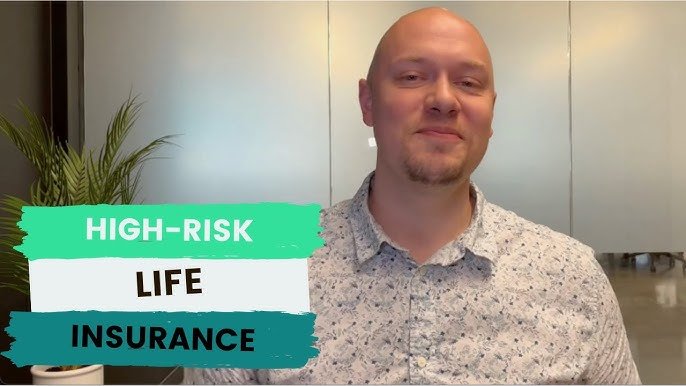High-Risk Life Insurance: Everything You Need to Know
Life insurance is an essential financial safety net for individuals and families, providing peace of mind and financial security in uncertain times. However, for individuals categorized as “high-risk,” obtaining life insurance can seem like a daunting task. In this comprehensive guide, we will explore high-risk life insurance, its benefits, challenges, and tips for securing the best policy.
What is High-Risk Life Insurance?
High-risk life insurance is designed for individuals who present a greater-than-average risk to insurers. This higher risk could stem from factors such as:
- Health Conditions: Chronic illnesses like diabetes, heart disease, or cancer.
- Hazardous Occupations: Jobs involving physical danger, such as construction, firefighting, or piloting.
- Risky Hobbies: Activities like skydiving, scuba diving, or rock climbing.
- Age and Lifestyle: Older individuals or those with habits like smoking or excessive alcohol consumption.
Insurers classify applicants into risk categories, and high-risk applicants often face higher premiums or limited coverage options.
Benefits of High-Risk Life Insurance
- Financial Protection: Provides a safety net for your loved ones in the event of your untimely passing.
- Customized Coverage: Policies can be tailored to meet the specific needs of high-risk individuals.
- Peace of Mind: Offers reassurance that your dependents will be financially secure.
- Accessibility: Specialized insurers focus on offering policies to high-risk individuals, making coverage attainable.

Challenges of Obtaining High-Risk Life Insurance
- Higher Premiums: Due to the increased risk, premiums can be significantly more expensive.
- Limited Policy Options: Coverage terms may be restrictive compared to standard policies.
- Detailed Underwriting Process: Insurers may require extensive medical examinations and detailed lifestyle disclosures.
Tips for Securing High-Risk Life Insurance
- Shop Around: Compare quotes from multiple insurers specializing in high-risk coverage.
- Work with an Expert: Insurance brokers experienced in high-risk policies can help you navigate the process.
- Improve Your Health: Managing medical conditions, quitting smoking, and maintaining a healthy lifestyle can improve your insurability.
- Consider Group Policies: Employer-sponsored life insurance plans may offer coverage without detailed underwriting.
- Be Honest: Always provide accurate information during the application process to avoid claim denials.
Types of High-Risk Life Insurance Policies
- Term Life Insurance: Offers coverage for a specific period, often with lower premiums than permanent policies.
- Whole Life Insurance: Provides lifelong coverage with the added benefit of cash value accumulation.
- Guaranteed Issue Life Insurance: Requires no medical exams, but premiums are higher, and coverage amounts are limited.
- Simplified Issue Life Insurance: Involves a short questionnaire instead of a full medical exam, making it faster to obtain.
Conclusion
High-risk life insurance is an invaluable tool for individuals who might otherwise struggle to secure coverage. By understanding your options, working with knowledgeable professionals, and taking proactive steps to improve your insurability, you can find a policy that meets your needs and protects your family’s future.
If you’re in the market for high-risk life insurance, start by consulting with an experienced broker or exploring specialized insurers. With the right approach, you can secure the financial protection your loved ones deserve.
